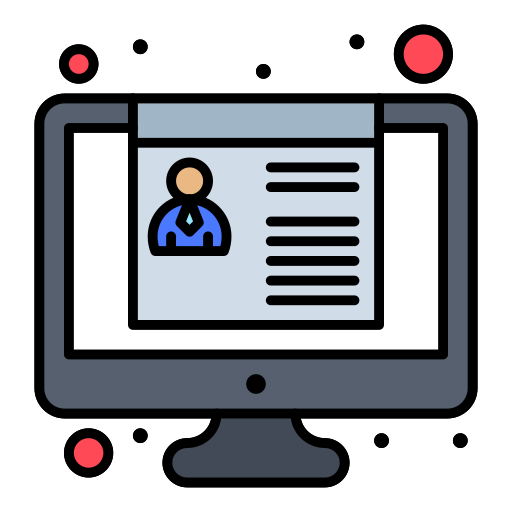In the current rapidly changing working environment, remote work has emerged as a game-changer providing the flexibility and efficiency gains to both employers and employees. Companies are constantly looking for innovative ways to improve remote working experiences. Two of the key solutions that are at the forefront of this change are PCAAS, or Provisioning Configuration, Configuration and Asset as a service, and automate onboarding. Coupled with the provision of work-from-home equipment and other tools, these methods are revolutionizing the way organizations operate in the current digital era.
Remote work isn’t a mere trend. It has transformed the way businesses operate. The global COVID-19 pandemic has increased its use however, the benefits of remote work extend far beyond crisis management. With remote work, companies can gain access to a larger pool of talent while reducing overhead costs, and boost employee satisfaction.

PCAAS: Enhancing Remote Work Efficiency
PCAAS, which is short for Provisioning, Configuration, Asset as a service, is a solution with many aspects that can help address some of the challenges associated with remote work. It makes it easier to provide remote employees with tools to help them be at their best. Here’s how PCAAS is transforming the remote work experience:
PCAAS providers are efficient in the provisioning of their equipment. They provide remote employees all the equipment they require, including laptops, monitors, keyboards and more. This ensures that employees have access to the same standard of technology, irrespective of their location.
Configuration Management: PCAAS solutions also manage the configuration of these devices, making sure that they are set up correctly and securely. This eliminates the need for IT teams to manually set up each device, saving time and reduces the risk of error.
Asset Tracking and Management PCAAS provides asset tracking and management that allows organizations to keep a close eye over their equipment. It helps reduce the risk of theft or loss, and aids in the planning of replacement for assets.
PCAAS scales easily to meet the needs of organizations as they expand and adapt to the changing demands. PCAAS will accommodate your changes whether you’re replacing old equipment or onboarding new remote workers.
PCAAS enhances remote work efficiency as it simplifies the provisioning of equipment and maintenance. Employees can focus on their jobs rather than technical issues.
Automated Onboarding: The Key to Seamless Integration
Remote work is challenging because it is difficult to make sure that new employees seamlessly integrated into the organization. Onboarding can be a time-consuming and complicated process that involves documents, meetings and training sessions. This is where automation comes into play:
Paperless onboarding The entire process is digitally processed, removing the need for paper-based paperwork. Forms online allow new employees to fill out documents to review policies, complete forms, and then submit the paperwork. This can reduce the administrative burden.
Consistency and Compliance Automated Onboarding ensures that all new hires receive the same experience during their onboarding process and ensures consistency in training and conformity with company policies and legal requirements.
Saving time and money: By automating routine tasks, HR professionals are able to save time and resources. It allows HR teams to focus on the most important aspects of employee involvement and management of talent.
Faster Integration Employees who are new can gain access to the company’s resources and begin working more quickly, enhancing their productivity and retaining them starting from the very first day.
If combined with PCAAS, automated onboarding is more powerful. Remote employees can be integrated seamlessly into the organization through receiving their equipment, finishing the required paperwork and becoming fully integrated.
Home-based Work Equipment The tools for success
The ability to provide remote employees with the appropriate tools is essential for their success. The use of work-from-home equipment will ensure that employees have sufficient resources, and it also shows commitment to their wellbeing. Take note of these important elements:
The best equipment for employees: They must have access to devices of the highest standard which allows them to perform their jobs efficiently. This means ergonomically designed accessories and ergonomic workstations.
Security: Security is the most important factor for remote work. The provision of secure devices for employees and access to cybersecurity tools helps protect sensitive company data.
Remote employees must be able access technical support in case there are any technical issues. They should be able to resolve issues quickly and then return to work.
Employee Satisfaction: When employees feel supported and adequately equipped, their job satisfaction is increased. This results to increased rate of productivity and retention.
Remote work will continue to be a reality, and organizations need to adjust to the new way of working. PCAAS, automated onboarding, and the supply of work-from-home equipment are three pillars of this new paradigm, offering efficiency as well as integration and empowerment for remote workers. As businesses continue to embrace remote work, these innovative options will play an essential role in defining the future of work.

